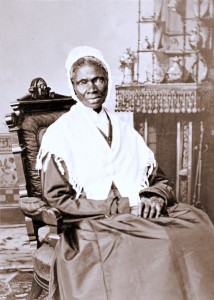Archived U-Stream live feed:
Video streaming by Ustream
Fellow Panelists: Alison Clarke, Simone Browne, Howard Ramsby. Moderator: Thomas DeFrantz.
I love, Thomas’ poetic articulations of issues, the more I listen to them. I think I will spend much time watching videos of his performances. I so appreciate Alison Clark’s practical wisdom. I will be sitting at her feet, you can be sure. Howard Ramsby’s description of childen’s excitement at receiving physical letters and his linking of social media profiles to the tradition of persona poems. Simone’s linking of contemporary biometric technologies to historical traditions of slave branding was one of many insights that has my wheels turning.
How to bring it all together, how to mine this and all of the wisdom in the service of my various roles – developing an inclusive pedagogy for journalism/IMM, functioning as an African American Studies Department Chair, participating in the public sphere? Much to continue to contemplate here. So grateful to my fellow panelists, all the panelists, Mark Anthony Neal, all of the folks and the John Hope Franklin Center.



